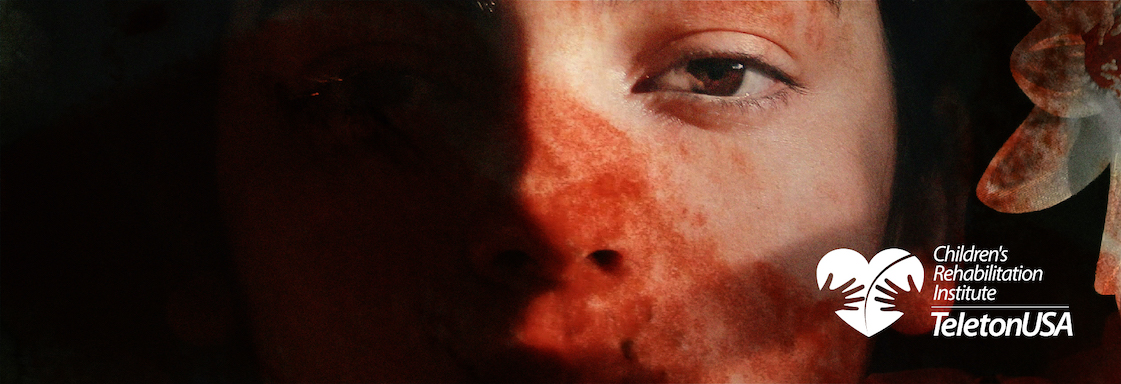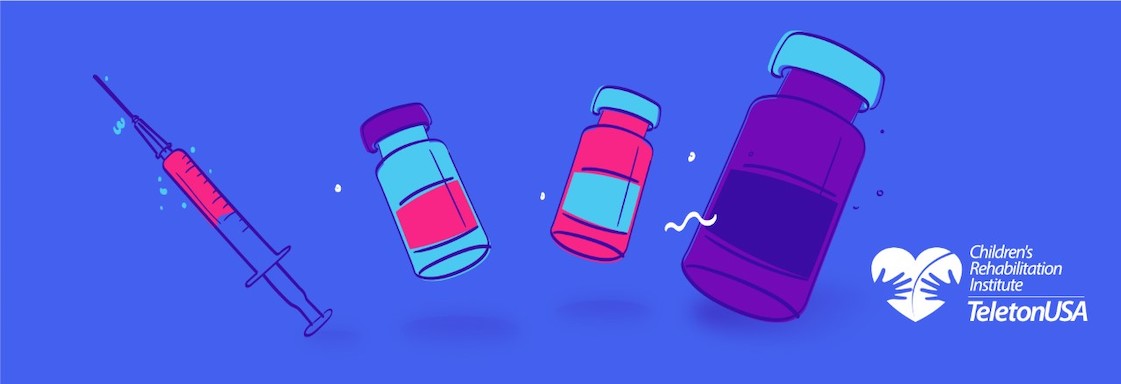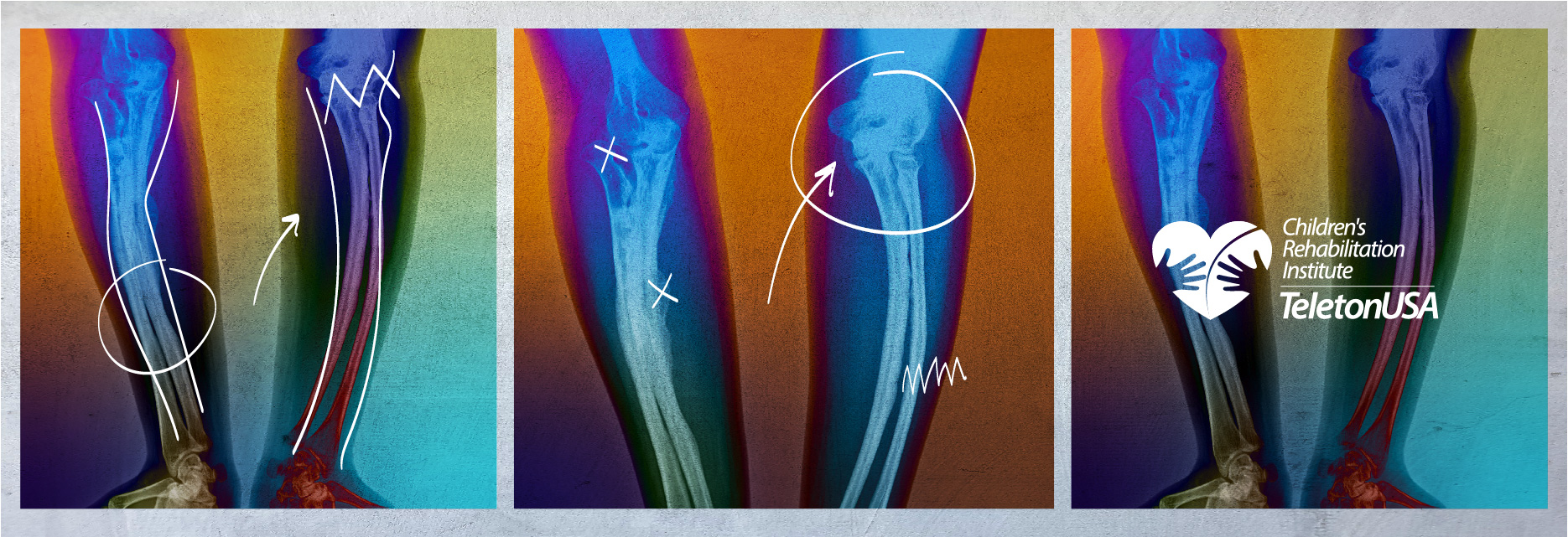Sturge-Weber syndrome is a congenital disorder affecting the healthy development of certain blood vessels that supply the brain, skin, and eyes. It is characterized by a port wine birthmark on the face, increased pressure in the eye, and neurological involvement (e.g. leptomeningeal angioma). These can result in seizure activity as well as stroke-like episodes causing temporary weakness on one side of the body, vision deficits, migraine headaches, and loss of consciousness. Symptom severity vary between individuals with Sturge-Weber syndrome, and some may not exhibit all three symptoms.
To address these symptoms, individuals with Sturge-Weber syndrome can receive vascular specific laser treatment (as frequent as every 6-8 weeks) to decrease the size and lighten the color of the port wine birthmark. They may receive antiepileptic medications to address seizure activity as well as medications specific to addressing glaucoma. Although there is no cure, children with Sturge-Weber syndrome can benefit from physical and occupational therapy to address muscle imbalances seen on the affected side of the body, facilitate engagement in school activities, and promote their functional independence.
For more information, please visit: https://medlineplus.gov/genetics/condition/sturge-weber-syndrome/




